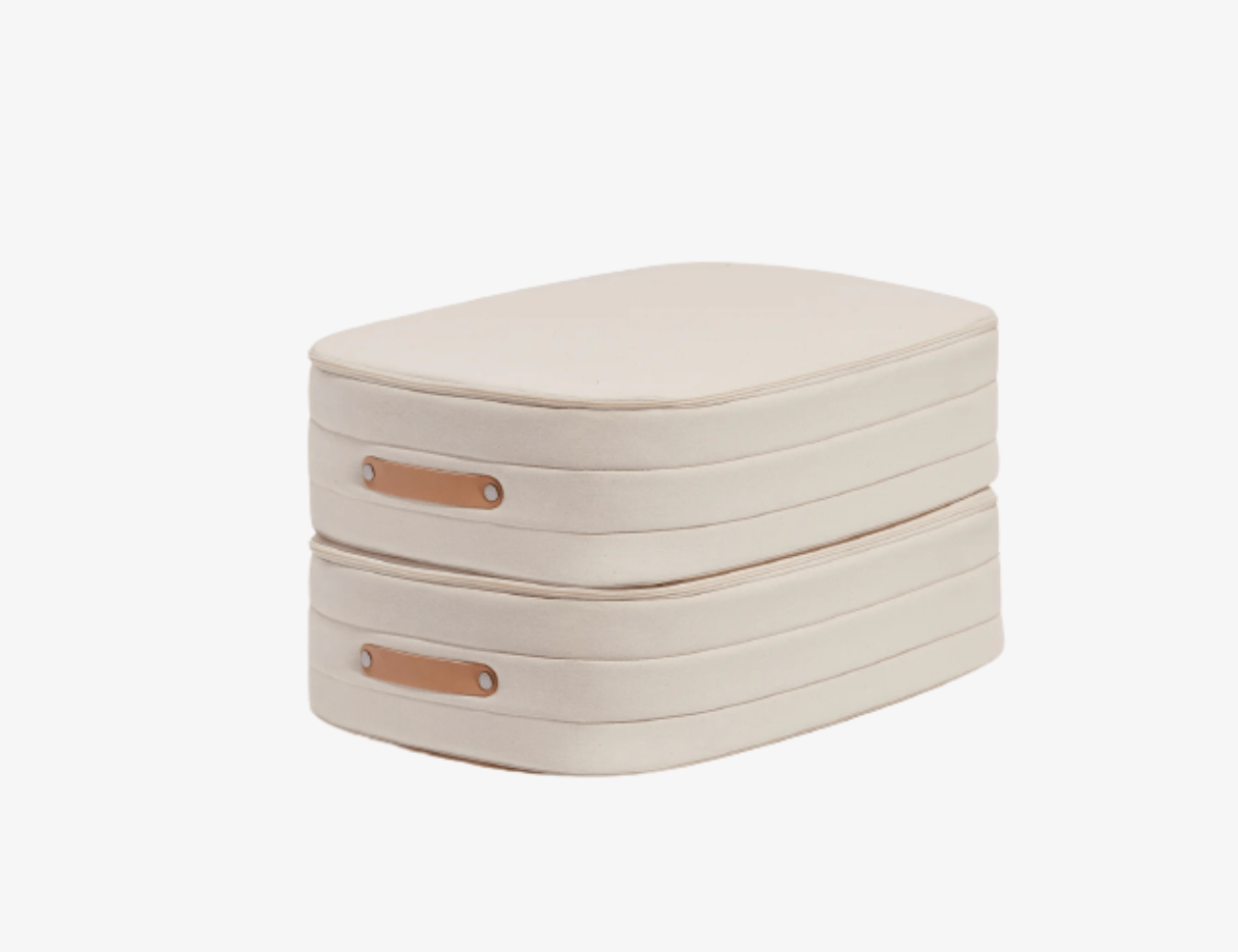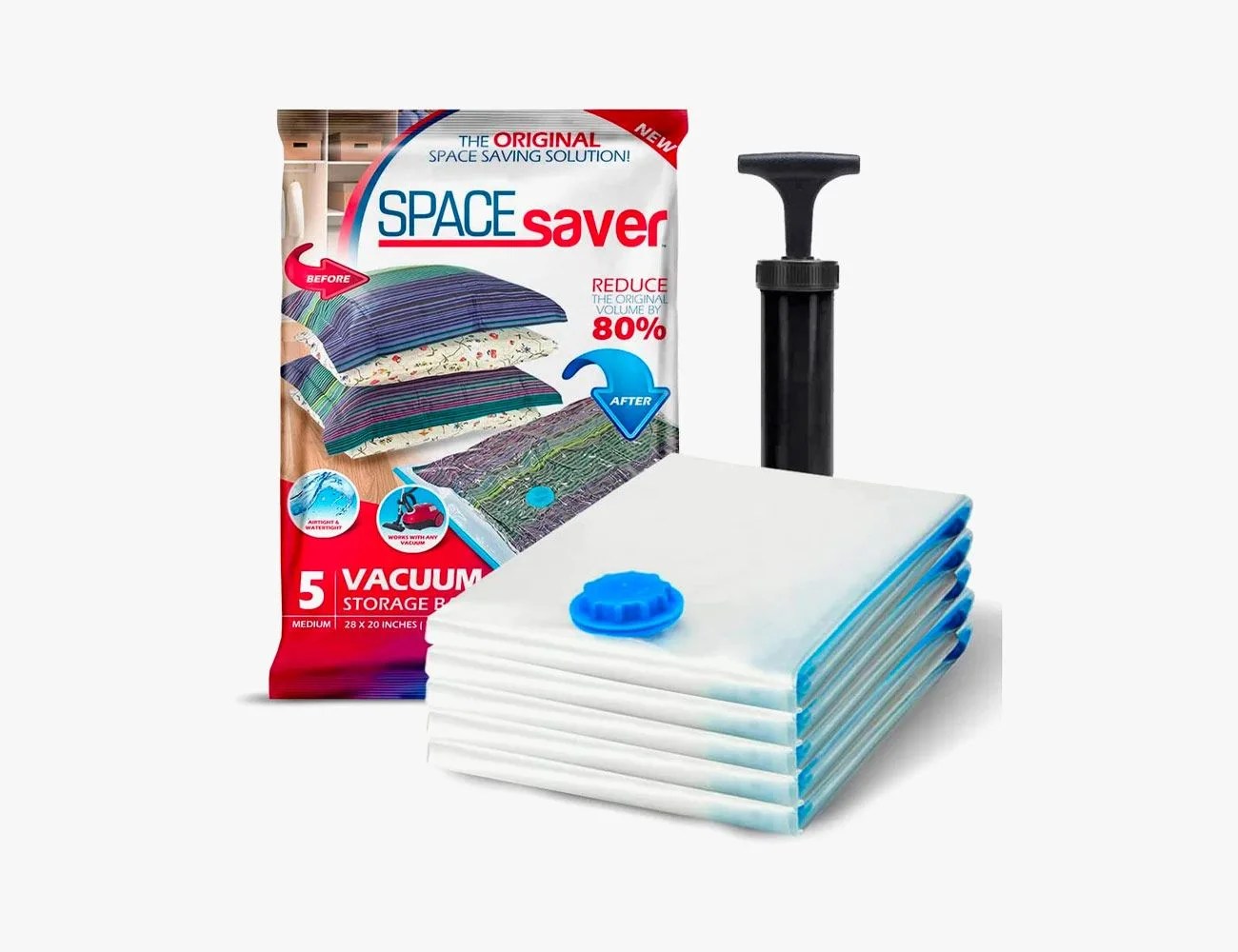Before winter and spring trade places, you might want to think about what to do with all of your beanies, boots and parkas. Once the mercury goes through its seasonal growth spurt, you should keep in mind not only where your winter closet will live but how to store it. The process can be annoying at best, teeth-pulling at worst, but we’re here to make it easier.
The easiest way to be better dresser is to have access to every item you own. That means your closet must rotate, making room for pieces tied to a particular season. So, before winter hits, do three things: launder, edit and organize.
Closet Organizing Essentials
What to Do Before You Store Winter Clothes
Wash Your Clothes
Launder your clothes, dry clean your coats and delicate garments and clean and condition your winter boots. Before you get ahead of yourself, it’s imperative to do some pre-packing prep. If you don’t do the laundry legwork now, damage will happen later in the form of mildew, bugs and odors.
Make Repairs
Next winter’s sudden arrival isn’t the moment you want to realize that your coat has a hole in it, or your winter boots need a resole. Do future you a favor and take care of that now.
Donate (or Sell) What You Don’t Need
Now is a great time to assess and scrutinize your closet. Edit your wardrobe down by either donating, giving away to friends and/or selling clothes you don’t use anymore. For clothes that are beyond repair, find a local fabric recycling center that will take your clean but damaged goods and properly upcycle or dispose of them.
How to Store Winter Clothes
Pick a Place That’s Cool, Dark and Dry
Excessive heat and light can damage your clothes and light exposure can cause colors to fade, so, if you’re using a see-through container, you want to find a space that isn’t too hot or bright. Mildew can form if the space is too humid, so make sure the space is dry, too. If that’s not possible, you can try and regulate your container’s humidity using humidity packs.
This could be under the bed, tucked away in the closet, a commercial storage unit that’s humidity and temperature regulated. Though you can store your winter clothes in the attic, they can get pretty hot in the summer (depending on your location, of course).







